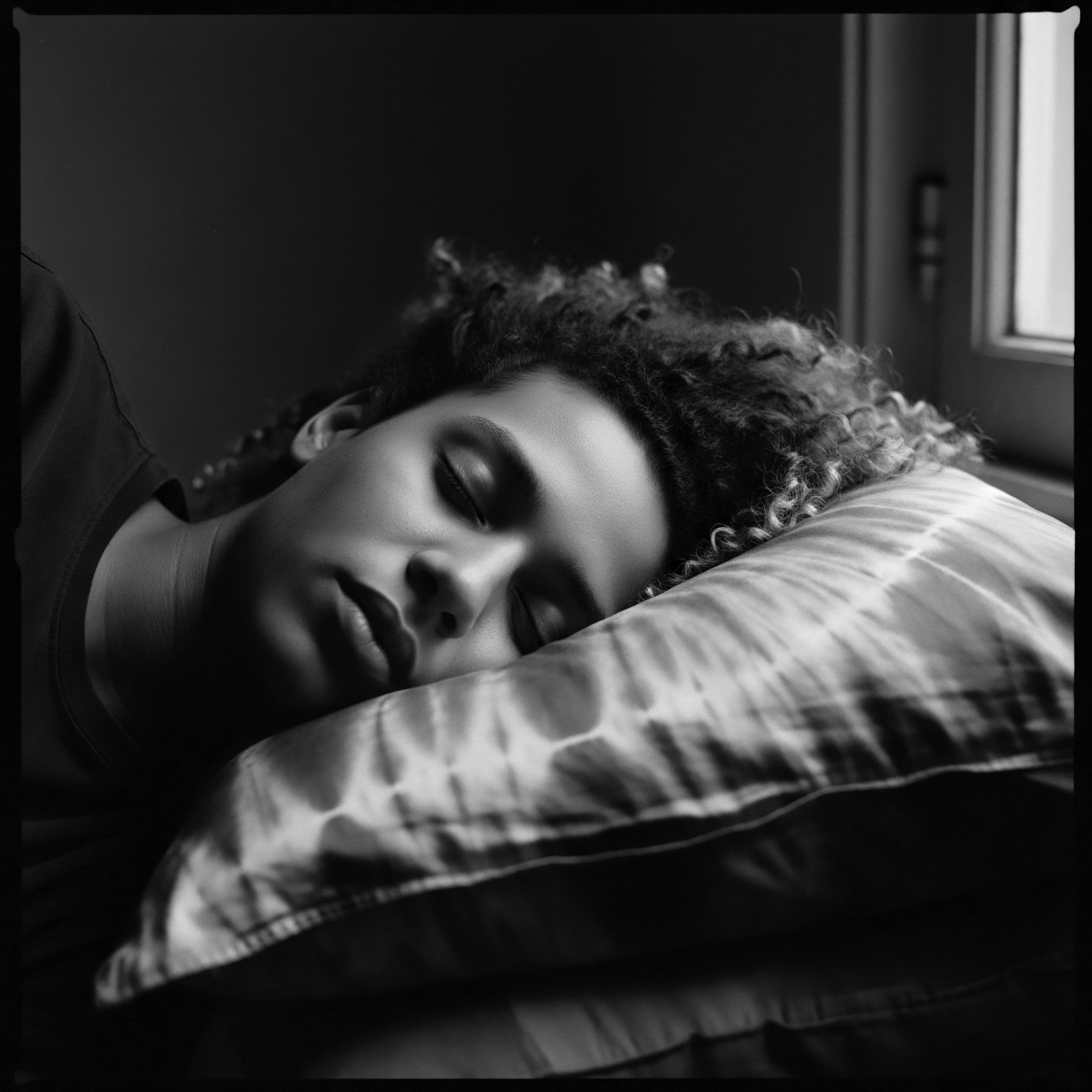
Fundamentals
The deep understanding of Self Perception, within the sacred context of Roothea’s living library, begins not as a mere psychological construct, but as a profound echo from the very source of our being, a resonance deeply tied to the textured hair heritage that courses through ancestral lineages. It is an explanation, a foundational delineation, of how individuals see, interpret, and internalize their own worth and identity, particularly as these concepts are mirrored and shaped by the unique characteristics of their hair. For those new to the profound narrative of textured hair care, or indeed, to the journey of self-discovery through one’s own strands, this concept serves as a compass, guiding one back to ancient understandings and the enduring significance of hair as a spiritual, social, and personal marker.
From the earliest dawns of human communal life, long before the codification of modern psychology, ancestral communities across Africa and the diaspora intuitively grasped the immense significance of hair. It was not simply a biological outgrowth; it was a living testament, a physical manifestation of one’s spirit, status, and connection to the collective. The meaning of Self Perception, in these ancient settings, was intrinsically linked to the meticulous care, styling, and adornment of hair. Each braid, each coil, each carefully sculpted crown was a deliberate act of communication, a non-verbal statement of identity, tribal affiliation, and spiritual alignment.
Self Perception, at its most elemental, is the inner mirror reflecting one’s identity, profoundly shaped by the ancestral legacy and living reality of textured hair.
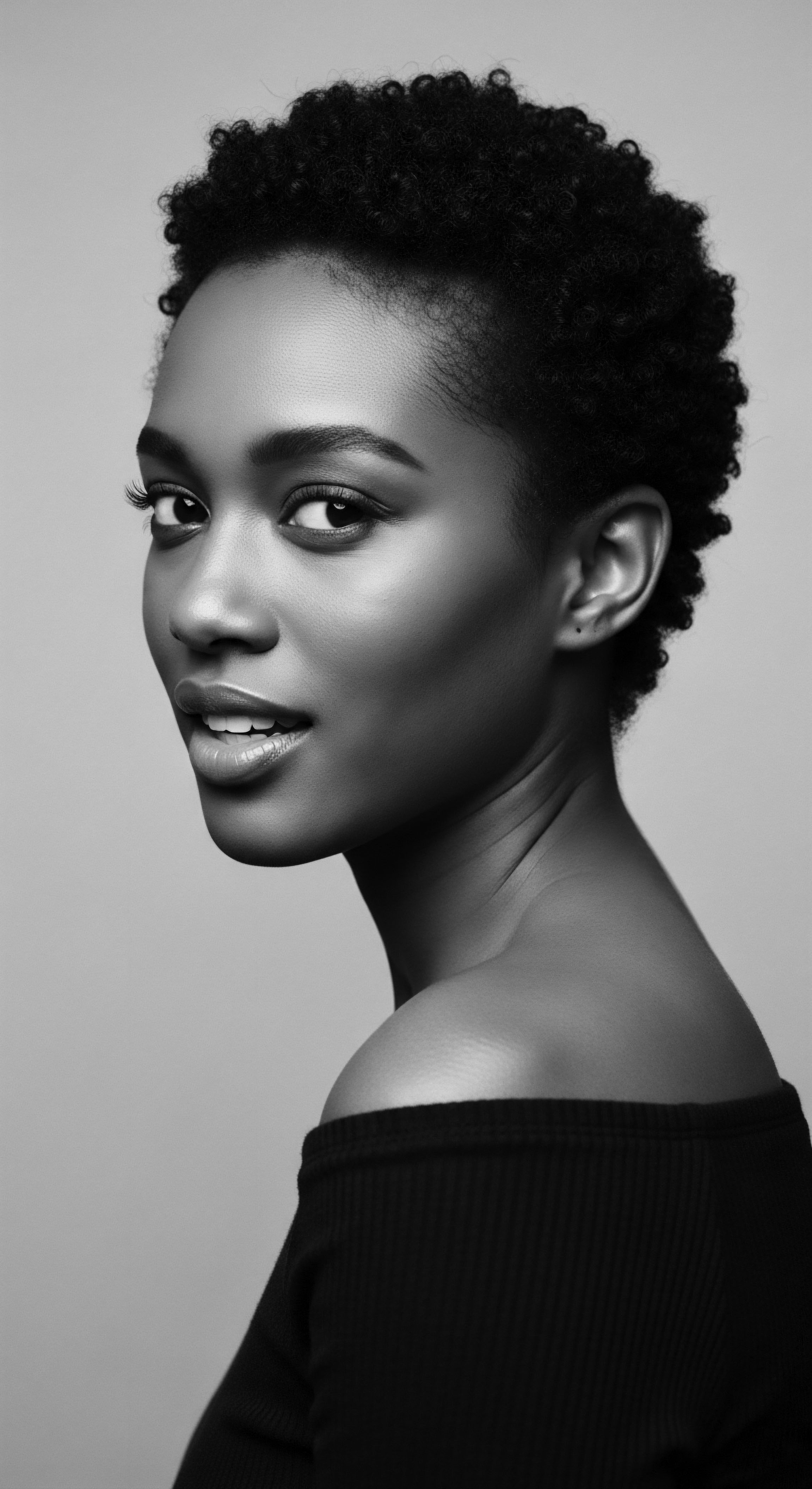
Echoes from the Source ❉ Hair as a Sacred Delineation
The earliest historical contexts reveal hair as a powerful medium for expressing and shaping one’s self-perception. In numerous pre-colonial African societies, hair was understood as a direct extension of the divine, a conduit for spiritual energy, and a symbolic bridge between the physical and metaphysical realms. The way one’s hair was styled could signify a person’s age, marital status, social standing, or even their readiness for battle.
This deep connection meant that the state of one’s hair directly informed one’s sense of self and place within the community. A well-maintained, intricately styled head of hair was a visible testament to personal care, communal respect, and a harmonious relationship with one’s heritage.
Consider the Yoruba people of West Africa, where specific braiding patterns, such as the Shuku or Kiko, conveyed messages about a woman’s marital status, her lineage, or her readiness for motherhood. For a Yoruba woman, her self-perception was inextricably linked to the societal recognition and cultural interpretation of her hair. The communal act of hair styling, often performed by elders or skilled practitioners, was a moment of intergenerational knowledge transfer, a tender ritual where wisdom and identity were woven into each strand. This practice reinforced a positive self-perception, grounding individuals in their collective history and affirming their belonging.
Similarly, among the Fulani people , distinct patterns of braids adorned with cowrie shells or amber beads served as clear indicators of a woman’s wealth and social standing. The care and presentation of hair, therefore, were not merely cosmetic; they were fundamental acts of self-definition, deeply influencing how individuals perceived themselves and how they were perceived by their kin. The intrinsic value placed on these practices meant that self-perception was a communal endeavor, constantly affirmed and reinforced through shared rituals and visual cues.
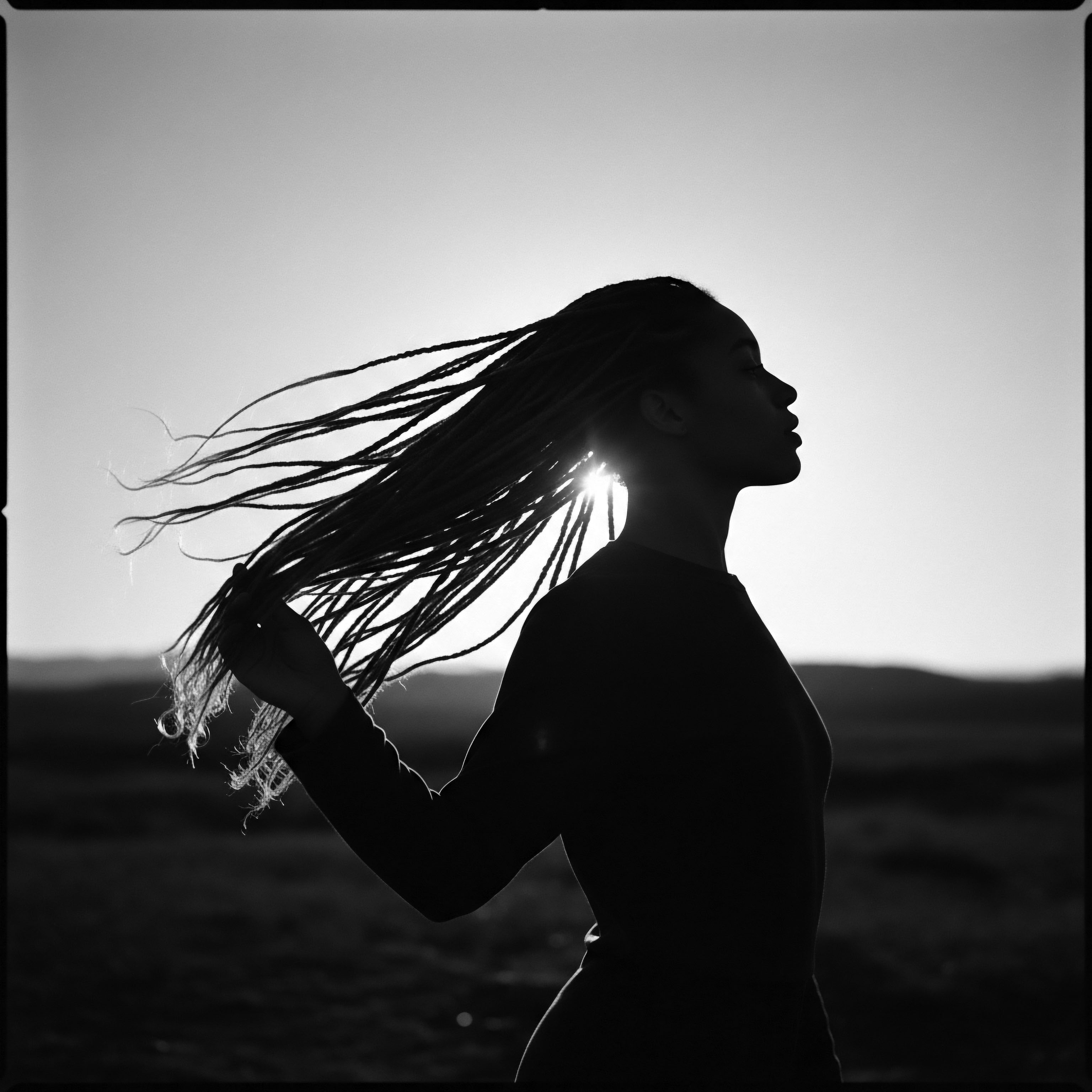
Ancestral Understandings of Hair and Identity
The ancestral understanding of Self Perception in relation to hair was far from a superficial assessment. It was a holistic interpretation, recognizing the interconnectedness of mind, body, spirit, and community. The physical attributes of textured hair—its unique coil, its spring, its strength—were not seen as deviations but as inherent blessings, reflecting the diverse beauty of creation. The care rituals associated with these hair types were therefore acts of reverence, nurturing not only the strands but also the spirit of the individual.
- Coil Patterns ❉ In some ancestral cosmologies, the intricate patterns of coiled hair were seen as mimicking the spirals of the cosmos, connecting the individual to universal energies and affirming a deep sense of belonging within the grand design.
- Hair as a Crown ❉ Many traditions viewed the head as the highest point of the body, closest to the divine. Hair, therefore, became a sacred crown, a protective covering, and its presentation was a direct reflection of one’s respect for self and spiritual connection.
- Communal Grooming ❉ The practice of communal hair grooming sessions served as vital social bonds, fostering intergenerational connection and reinforcing shared cultural values. During these sessions, stories were exchanged, wisdom imparted, and a collective self-perception, rooted in shared heritage, was solidified.
The very act of touching, tending, and styling one’s hair, or having it tended by another, became a profound dialogue with the self and with the ancestral realm. This early, fundamental meaning of Self Perception, rooted in the inherent beauty and cultural significance of textured hair, laid the groundwork for a resilience that would be tested through centuries, yet never fully extinguished. It speaks to a time when identity was not fragmented by external judgments, but solidified by internal reverence and communal affirmation.

Intermediate
Moving beyond the foundational understanding, the intermediate meaning of Self Perception deepens our comprehension, revealing how heritage practices involving Self Perception have been passed down and adapted through the currents of time and across vast geographical expanses. This section clarifies the Self Perception with greater precision, focusing on its practical applications within traditional and evolving hair care rituals and styling practices for textured hair across the diaspora. The language here gradually increases in complexity, reflecting a more nuanced appreciation of how ancestral wisdom has persisted, transformed, and continually shaped the self-image of individuals with textured hair.
The journey of Self Perception for individuals with textured hair is a testament to enduring legacy. As communities dispersed and encountered new environments, the inherited knowledge of hair care, often carried through oral traditions and embodied practices, became a vital link to a past that sought to be erased. The methods of detangling, cleansing, moisturizing, and styling textured hair were not merely functional; they were acts of preservation, quiet declarations of cultural continuity. These practices, honed over generations, became intrinsic to a self-perception that found strength and dignity in its distinctiveness, even when external forces sought to diminish it.
The journey of Self Perception, for those with textured hair, is a continuous dialogue between inherited wisdom and evolving expressions of identity.
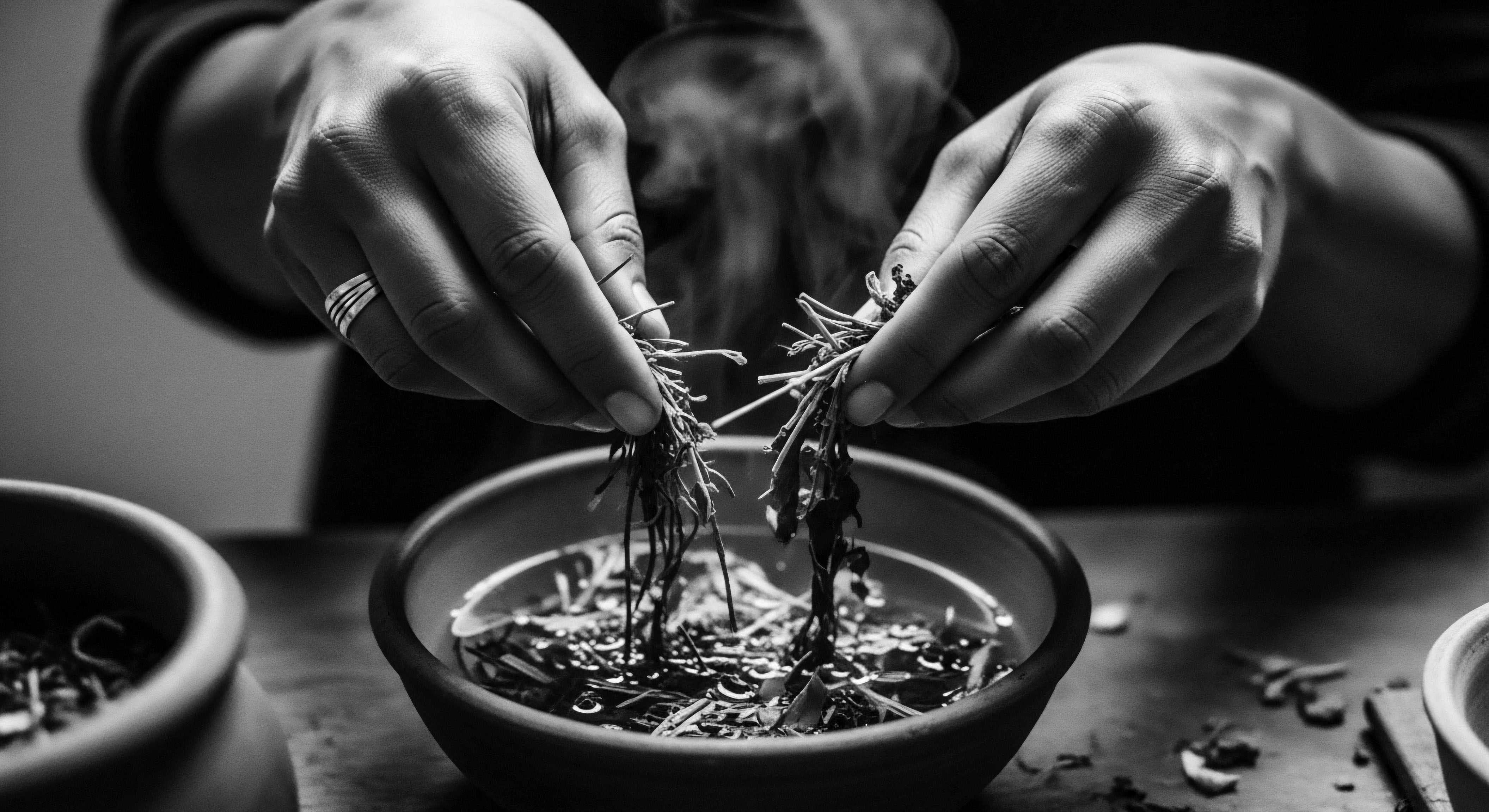
The Tender Thread ❉ Living Traditions of Care and Identity
The concept of Self Perception, particularly within the context of textured hair, gained layers of complexity as communities faced new challenges, including forced migration and systemic oppression. Despite immense pressures to conform to Eurocentric beauty standards, ancestral hair practices became acts of quiet defiance and powerful affirmations of self. The techniques of twisting, braiding, and locking hair, which had once signified status or tribal belonging, transformed into symbols of resistance, resilience, and a stubborn refusal to abandon one’s authentic self. This adaptation was a profound testament to the power of heritage in shaping self-perception.
Consider the ingenuity displayed in the creation of early hair preparations. Without access to traditional ingredients, enslaved Africans and their descendants innovated, utilizing local botanicals and natural oils to replicate the nourishing properties of their ancestral remedies. These improvisations were not simply about hair health; they were about maintaining a connection to a self-perception rooted in the belief that their hair, in its natural state, possessed inherent beauty and power. The shared knowledge of these practices, often exchanged in hushed tones or during clandestine gatherings, forged a collective identity and reinforced a sense of self-worth that transcended their immediate circumstances.
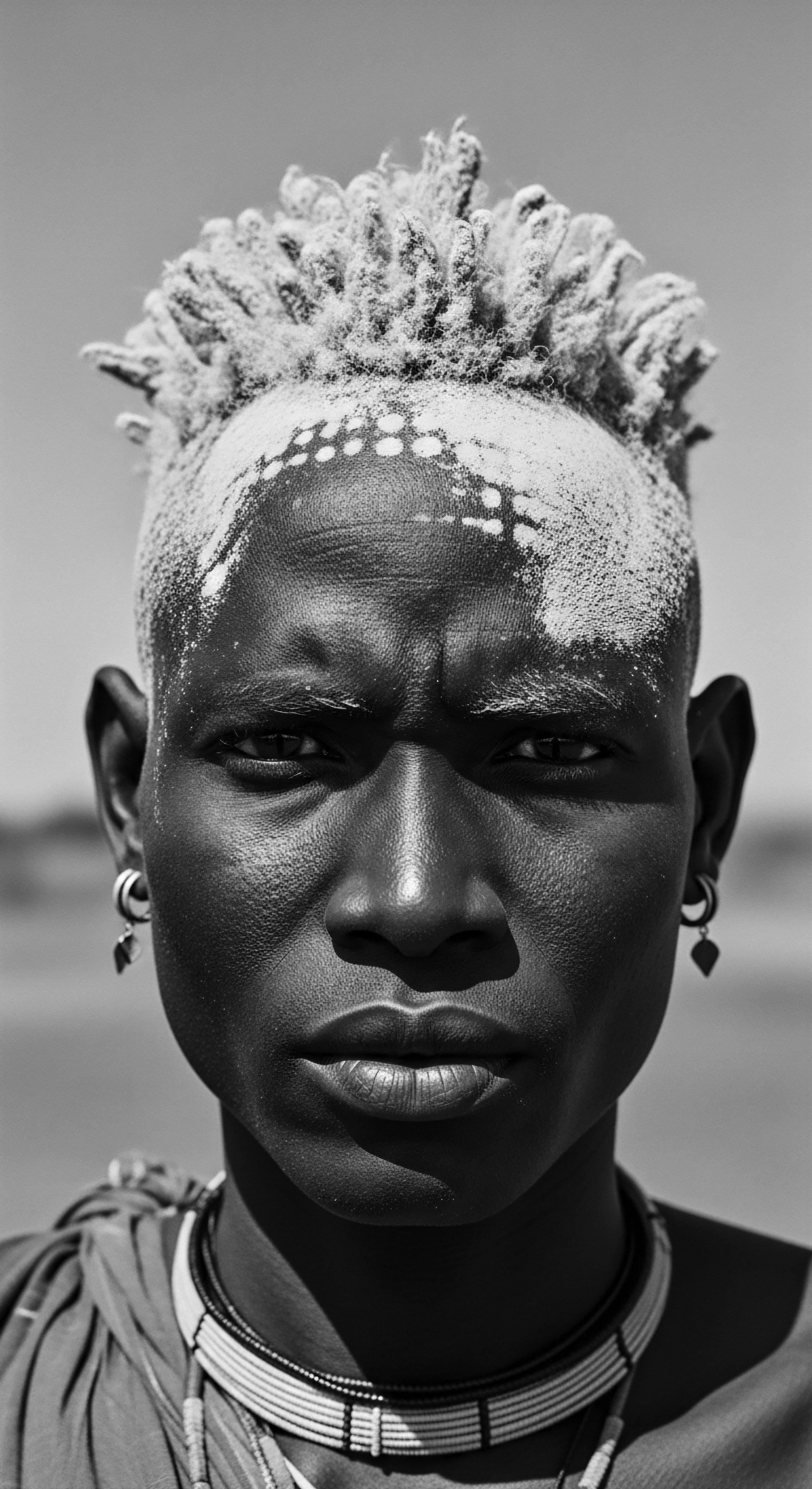
Adaptation and Persistence of Heritage Knowledge
The transmission of hair care knowledge across generations, particularly within Black and mixed-race communities, became a crucial mechanism for sustaining a positive self-perception. Grandmothers taught daughters, and mothers taught children, not only the physical techniques of hair styling but also the underlying philosophy of care, patience, and pride in one’s unique texture. These intergenerational exchanges reinforced the idea that textured hair was a gift, a heritage to be honored and celebrated, rather than a burden to be straightened or concealed.
The enduring influence of these traditions is evident in the rituals that persist today. The weekly wash day, the meticulous application of oils and butters, the art of protective styling—these are not modern inventions but contemporary iterations of ancient practices. Each act carries the weight of history, a silent acknowledgment of the wisdom passed down through generations. This continuous engagement with ancestral methods shapes an individual’s self-perception, grounding them in a legacy of resilience and beauty.
| Historical Period/Context Pre-Colonial Africa |
| Traditional Hair Practice/Significance Intricate braiding, specific adornments (cowrie shells, beads) denoting status, age, spiritual connection. |
| Impact on Self Perception Affirmed social standing, communal identity, and spiritual alignment. Hair was a source of pride and clear self-delineation. |
| Historical Period/Context Transatlantic Slave Trade & Enslavement |
| Traditional Hair Practice/Significance Forced head shaving, suppression of traditional styling; covert use of natural ingredients (e.g. grease from cooking) for care. |
| Impact on Self Perception Initial profound trauma and dehumanization; subsequent acts of subtle resistance and identity preservation through clandestine care and styling. A self-perception of resilience emerged. |
| Historical Period/Context Post-Emancipation & Early 20th Century |
| Traditional Hair Practice/Significance Emergence of hair straightening (hot comb, chemical relaxers) driven by assimilation pressures. |
| Impact on Self Perception Internalized struggle with beauty standards; self-perception often tied to proximity to European hair ideals, yet a longing for authentic expression persisted. |
| Historical Period/Context Mid-Late 20th Century (Black Power/Civil Rights) |
| Traditional Hair Practice/Significance Rise of the Afro, natural hair as a political statement and cultural affirmation. |
| Impact on Self Perception Reclamation of ancestral aesthetics; self-perception became a declaration of pride, identity, and resistance against oppressive norms. |
| Historical Period/Context 21st Century (Natural Hair Movement) |
| Traditional Hair Practice/Significance Emphasis on natural textures, diverse styling, protective styles, DIY care, celebration of coils, kinks, and curls. |
| Impact on Self Perception Deepening connection to heritage; self-perception as an active choice to celebrate authentic beauty, fostering self-acceptance and cultural connection. |
| Historical Period/Context The journey of textured hair care reflects a continuous negotiation of identity, with each era shaping and reshaping the collective and individual Self Perception. |
The continuity of care, the passing down of remedies, and the shared experiences of hair styling across generations underscore the living nature of this heritage. It is a heritage that constantly shapes and reshapes the individual’s self-perception, reminding them of the strength, beauty, and wisdom inherent in their unique strands. The act of tending to textured hair becomes a mindful meditation, a way to connect with the deep historical currents that have shaped identity and self-worth.
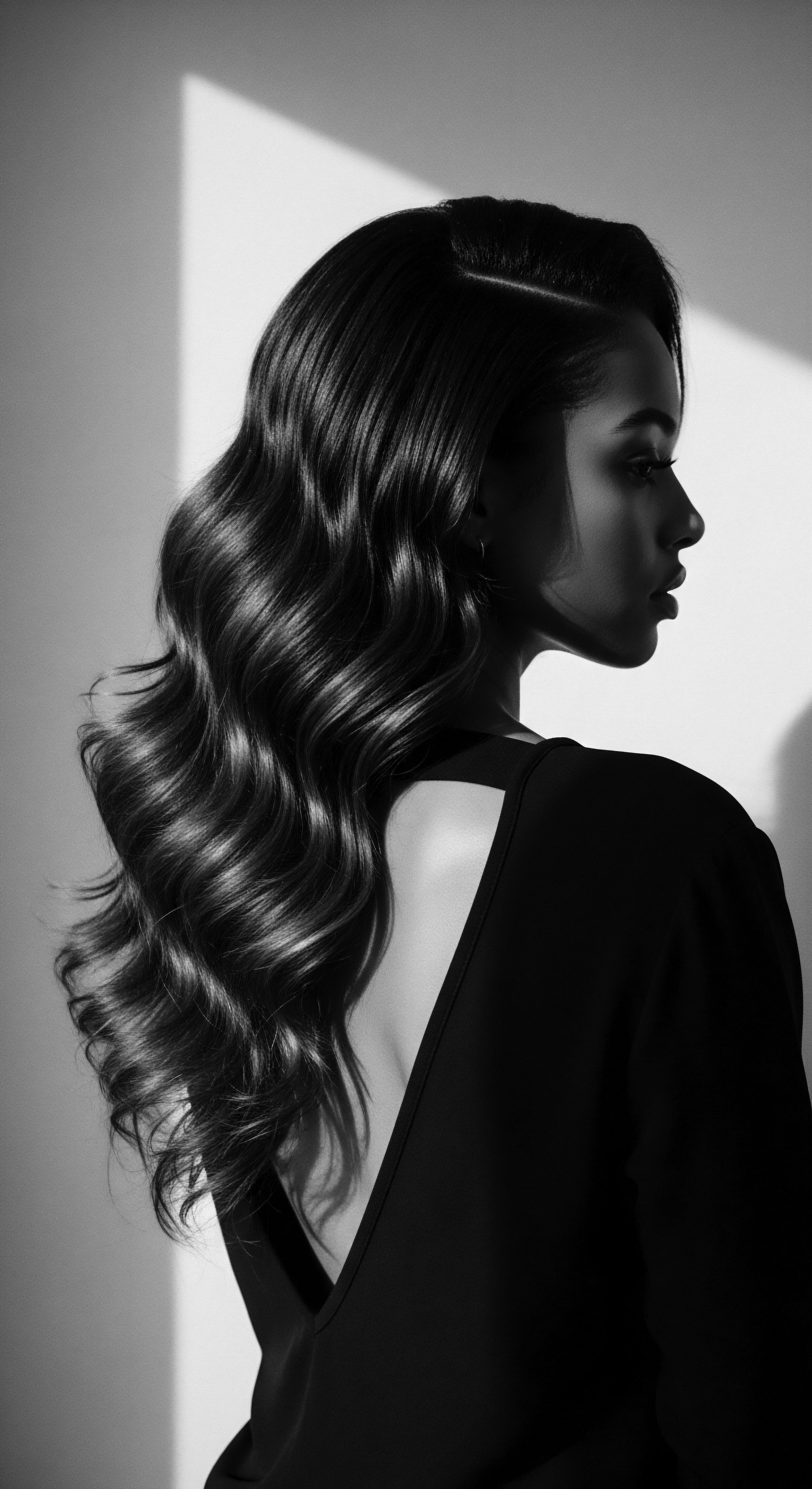
Academic
The Self Perception, from an advanced academic perspective within Roothea’s framework, represents a complex interplay of biological inheritance, historical conditioning, psychological processing, and socio-cultural affirmation, particularly as it pertains to textured hair, Black hair, and mixed-race hair heritage, its ongoing evolution, and its scientific validation . This is not merely a descriptive term; it is a compound, deeply insightful explication of how individuals internalize and express their identity through their hair, a process profoundly influenced by centuries of ancestral practices, colonial impositions, and diasporic resilience. It is the scholarly delineation of how one’s subjective assessment of self is inextricably linked to the objective reality and cultural significance of their hair.
From a theoretical standpoint, the Self Perception, in this context, can be understood as a dynamic construct situated at the intersection of self-concept theory and critical race theory, with a specific focus on the body as a site of cultural inscription and resistance. It encompasses the cognitive appraisals, emotional responses, and behavioral manifestations associated with one’s textured hair, shaped by both personal experiences and collective historical narratives. This academic interpretation moves beyond simple observation, seeking to analyze the deep structures that inform how individuals with hair deemed “other” by dominant beauty paradigms navigate their sense of self.
Self Perception, through an academic lens, is the intricate weaving of historical trauma, cultural resilience, and individual agency, manifest in the journey of textured hair identity.
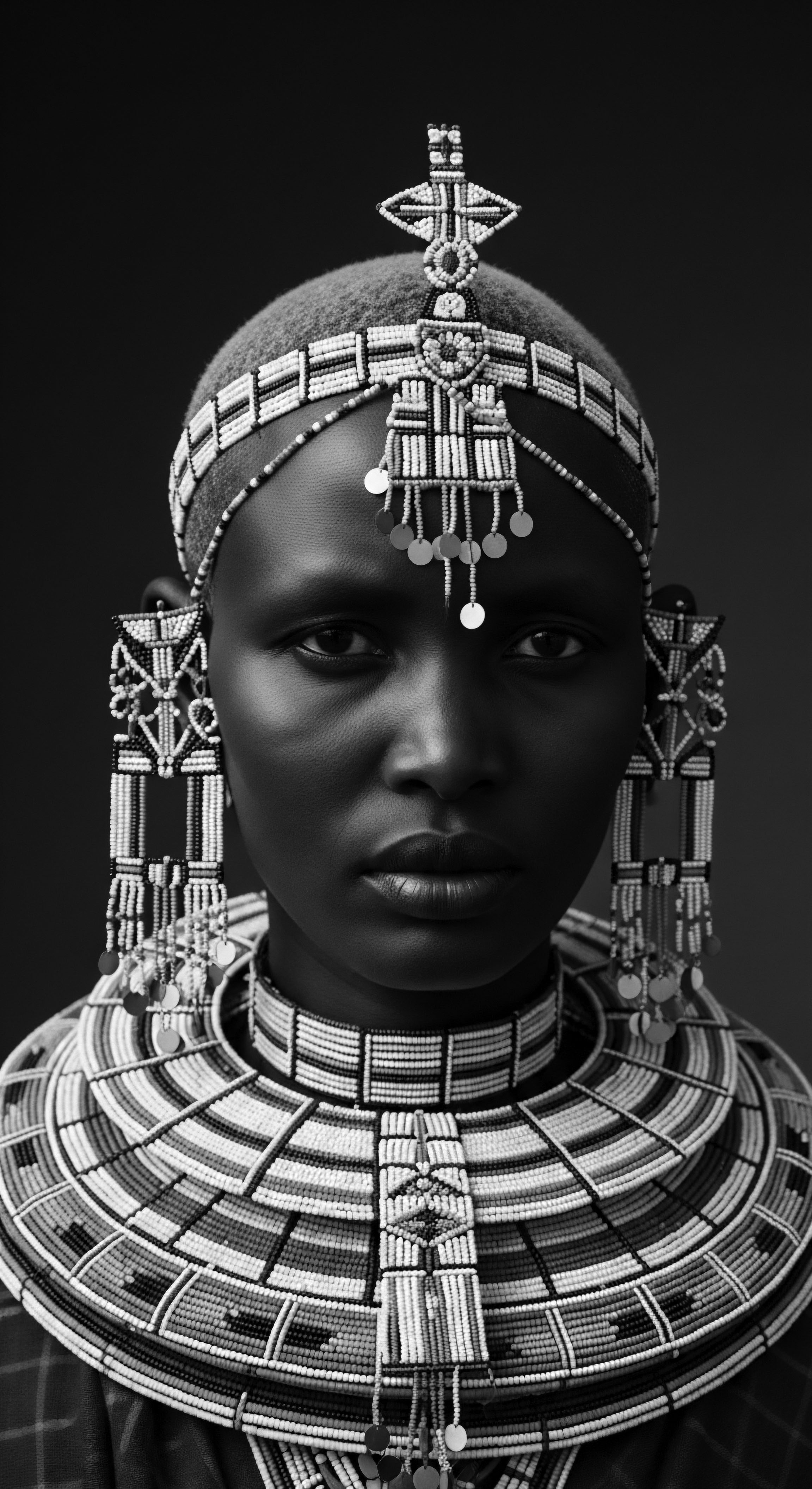
Theoretical Underpinnings ❉ Hair as a Site of Identity Formation
Anthropological studies consistently reveal hair as a primary site for the construction and communication of identity across diverse cultures. For populations with textured hair, this takes on an additional layer of complexity due to the historical subjugation of their natural hair types. The “Self Perception” in this context is therefore a continuous negotiation between an inherited aesthetic and a societal pressure to conform. The very definition of beauty, historically weaponized against Black and mixed-race hair, has necessitated a robust, often subversive, internal redefinition of self-worth.
Scholars like Lori L. Tharps and Ayana Byrd, in their seminal work Hair Story ❉ Untangling the Roots of Black Hair in America (2001) , meticulously document how the forced erasure of traditional African hair practices during the transatlantic slave trade profoundly impacted the self-perception of enslaved individuals. The deliberate act of shaving heads upon arrival in the Americas was a calculated dehumanization, severing not only physical connections to ancestral lands but also psychological ties to identity and dignity. This historical trauma initiated a collective struggle with self-perception, where natural hair was denigrated and European hair textures became the aspirational standard.
This historical imposition laid the groundwork for a bifurcated self-perception, where external validation was often sought through conformity, even as an internal longing for ancestral authenticity persisted. The long-term consequences of this historical schism are still observed today, manifesting in various psychological and social phenomena within textured hair communities.
The evolution of hair practices, from the hot comb era to the natural hair movement, directly reflects shifts in collective self-perception. The “good hair” versus “bad hair” dichotomy, a legacy of colonial aesthetics, became a deeply ingrained aspect of self-evaluation for many. The natural hair movement, therefore, represents a contemporary act of reclamation, a conscious re-evaluation and affirmation of a positive Self Perception rooted in ancestral heritage. This movement is not merely a trend; it is a profound sociological phenomenon, a collective decision to redefine beauty on one’s own terms, thereby repairing historical ruptures in self-esteem.
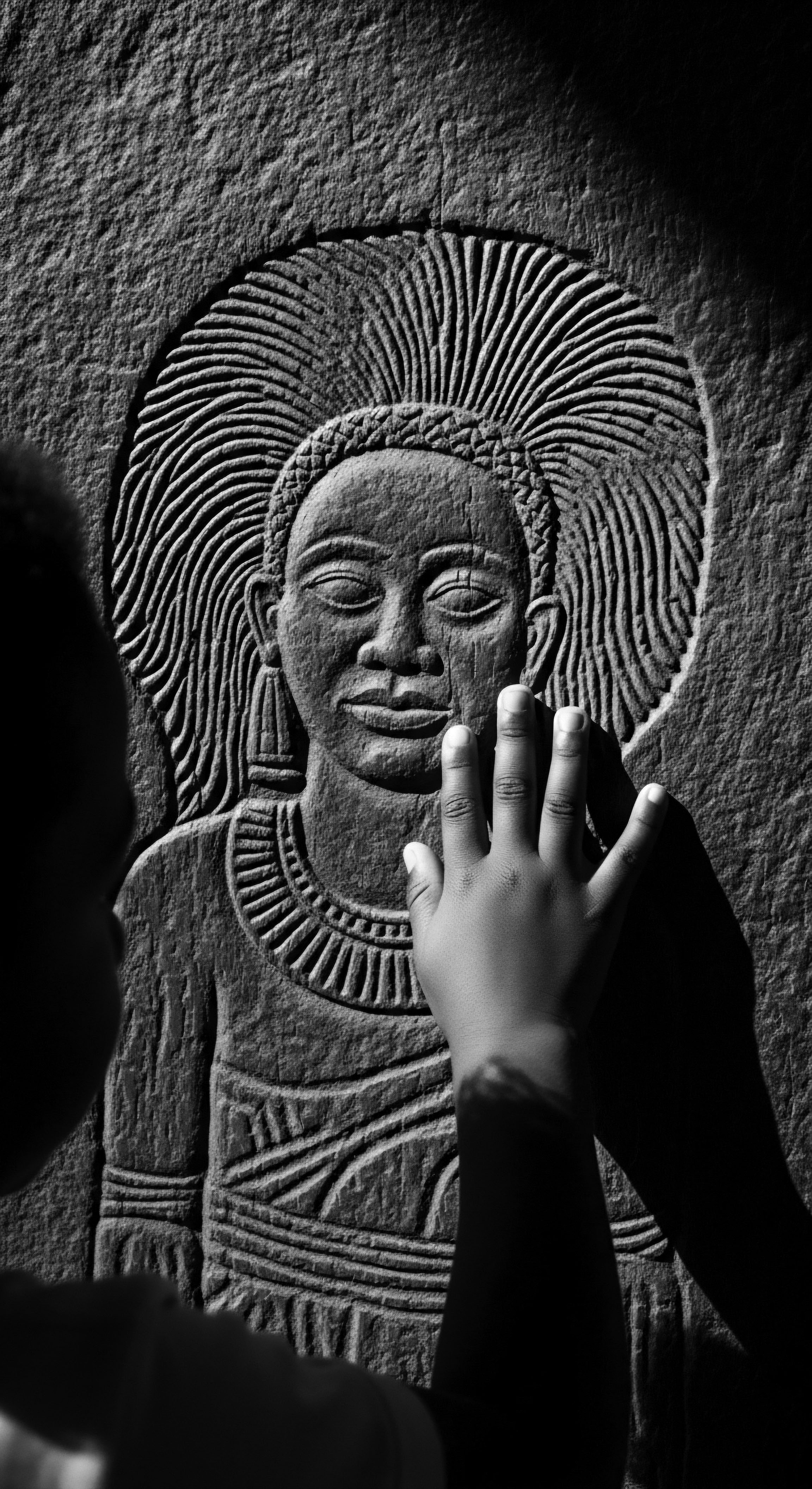
Psychological and Sociological Dimensions of Textured Hair Self Perception
The psychological dimensions of Self Perception for individuals with textured hair extend to concepts of self-esteem, body image, and racial identity development. Research indicates that negative societal attitudes towards textured hair can contribute to internalized self-hatred or body dissatisfaction, particularly in formative years. Conversely, the embrace of one’s natural hair texture can be a powerful act of self-acceptance and a marker of a robust, positively affirmed racial identity.
Sociologically, the Self Perception of textured hair is influenced by phenomena such as the “halo effect” and implicit bias. Studies on workplace and educational discrimination, such as those that led to the passage of the CROWN Act in various jurisdictions, demonstrate how biased perceptions of textured hair (often labeled “unprofessional” or “distracting”) directly impact opportunities and, consequently, individuals’ self-perceptions of their capabilities and belonging. For instance, a 2019 study by the Dove CROWN Research team found that Black women are 1.5 times more likely to be sent home or face disciplinary action because of their hair than White women. (Dove CROWN Research, 2019).
This statistic profoundly illustrates how external societal judgments directly impinge upon and shape the self-perception of individuals with textured hair, often forcing a negotiation between authentic self-expression and economic survival. This external pressure to conform to Eurocentric hair norms can lead to a fragmented self-perception, where an individual’s internal sense of beauty clashes with external societal expectations.
The implications for understanding and fostering a positive Self Perception in textured hair communities are significant. It necessitates a decolonization of beauty standards, a celebration of diverse hair types, and a recognition of hair as a legitimate form of cultural expression. This advanced understanding informs not only individual wellness practices but also broader social justice initiatives aimed at dismantling discriminatory hair policies. The continued evolution of Self Perception, particularly in the context of textured hair, represents a dynamic and ongoing process of cultural affirmation and psychological liberation.
From a business or expert perspective, a deep comprehension of this Self Perception is paramount for developing culturally competent products, services, and marketing strategies within the hair care industry. It moves beyond superficial market segmentation to a genuine appreciation of the historical and psychological drivers behind consumer choices. Companies that truly understand the Self Perception rooted in textured hair heritage are better positioned to build authentic connections with their audience, fostering trust and loyalty by validating their experiences and celebrating their identity. This means acknowledging the profound historical context of hair, the struggles, and the triumphs, and reflecting that understanding in every facet of their engagement.
The long-term success in this domain is not merely about product efficacy, but about aligning with the deep-seated cultural and psychological needs that have shaped the textured hair journey for centuries. It is about contributing to a narrative of empowerment and celebration, rather than perpetuating historical biases.
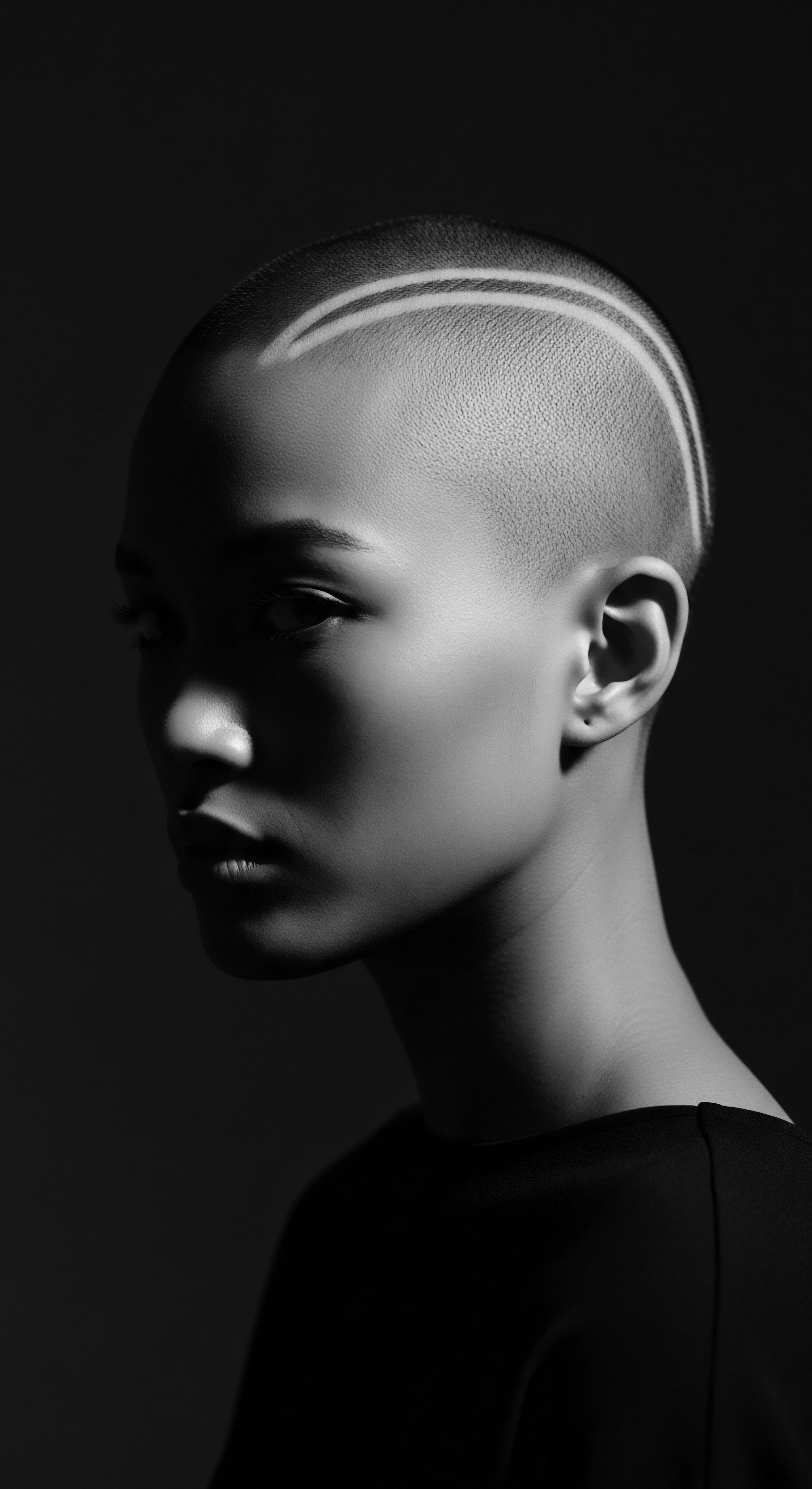
Reflection on the Heritage of Self Perception
The journey through the intricate layers of Self Perception, as illuminated by Roothea’s living library, ultimately leads us back to the enduring heart of the ‘Soul of a Strand’ ethos. This exploration is a profound meditation on the resilience of textured hair, its ancestral legacy, and its unwavering connection to identity. It reminds us that our hair is not merely a collection of fibers; it is a vibrant archive, holding the whispers of generations past, the echoes of resilience, and the blueprints of our future selves.
The Self Perception, when viewed through the lens of textured hair heritage, is a testament to the continuous dialogue between individual experience and collective memory. It is a story of how cultural practices, passed down through the ages, have fortified an inner sense of worth against external pressures. The deliberate acts of care, the communal rituals of grooming, and the conscious choices to wear one’s hair in its natural glory are not just personal preferences; they are powerful affirmations of a heritage that refuses to be silenced. Each coil, each kink, each wave tells a story of survival, adaptation, and triumph, shaping a self-perception that is deeply rooted and gloriously unbound.
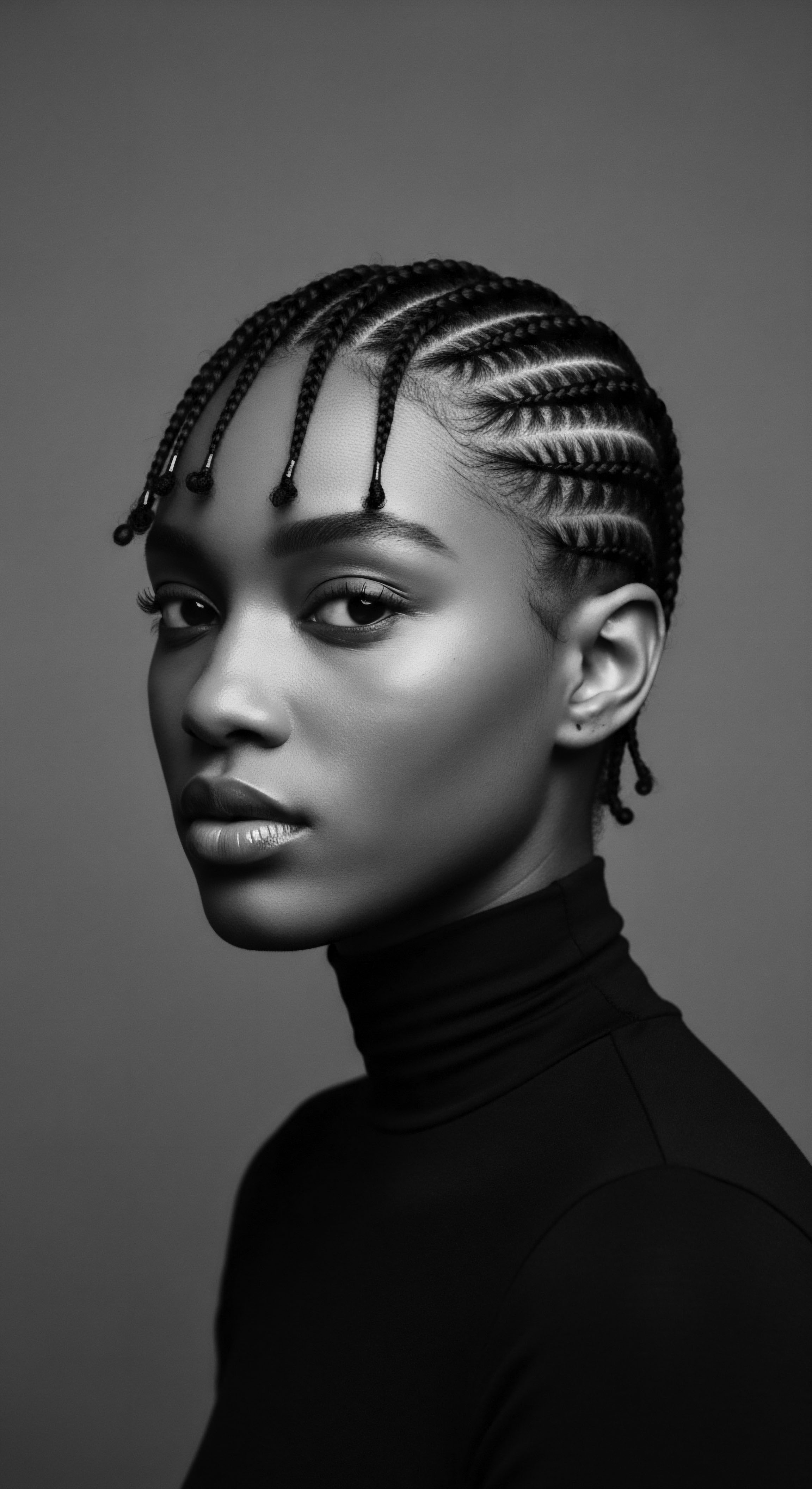
References
- Byrd, A. & Tharps, L. L. (2001). Hair Story ❉ Untangling the Roots of Black Hair in America. St. Martin’s Press.
- Dove CROWN Research. (2019). The CROWN Research Study ❉ The Impact of Hair Discrimination on Black Women. Unilever.
- Hooks, B. (1992). Black Looks ❉ Race and Representation. South End Press.
- Mbilishaka, A. (2018). The Psychology of Hair ❉ A Guide to Black Hair and Identity. Self-published.
- Sweet, R. (2003). The African Diaspora ❉ A History Through Culture. Cambridge University Press.
- Walker, A. (1983). In Search of Our Mothers’ Gardens ❉ Womanist Prose. Harcourt Brace Jovanovich.
- Wilkerson, I. (2010). The Warmth of Other Suns ❉ The Epic Story of America’s Great Migration. Random House.
